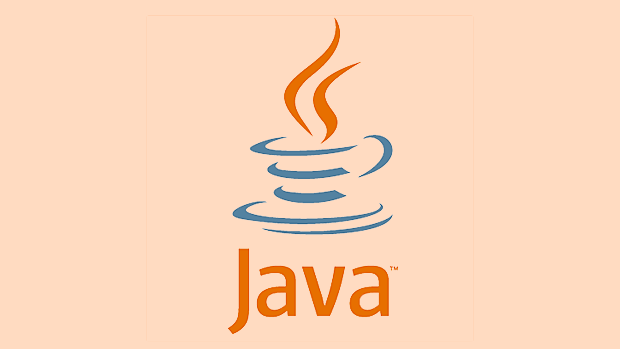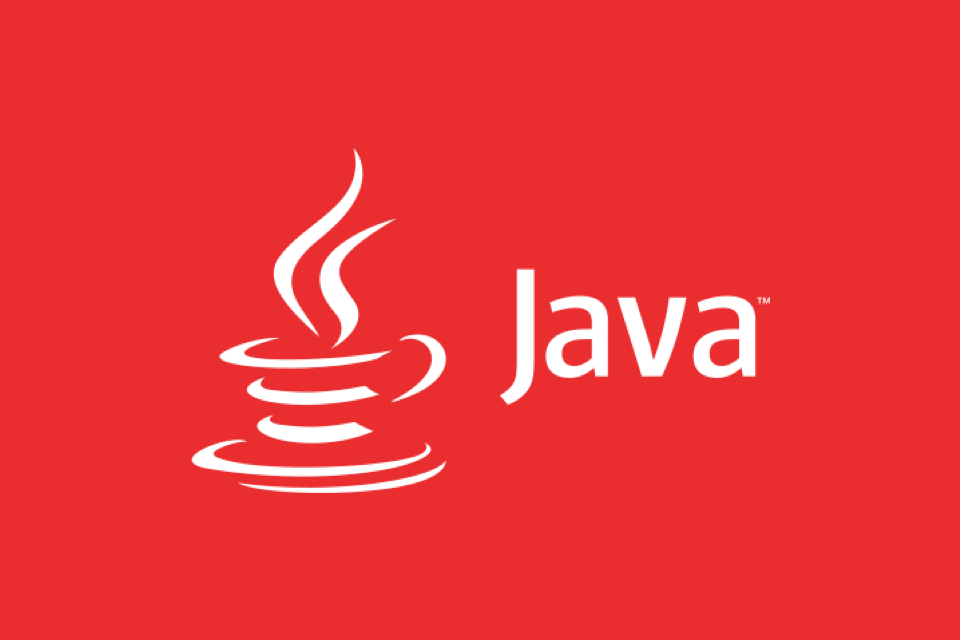java.lang.UnsatisfiedLinkError is usually raised because the JVM cannot load the required local library. Solutions include: 1. Ensure that the native library file exists and the path is correct. You can specify the path through -Djava.library.path; 2. Use System.loadLibrary() or System.load() to load the library correctly; 3. Confirm that the library matches the current platform and CPU architecture, and automatically select the appropriate version according to the environment; 4. Check and install other system libraries or third-party libraries that the native library depends on to ensure that the dependency is complete.

java.lang.UnsatisfiedLinkError is a common runtime error in Java. It usually occurs when the corresponding local library cannot be found when using native methods. This problem is especially common when using JNI (Java Native Interface) or frameworks that rely on certain underlying C/C libraries.

The main reason for this error is that the JVM cannot load the specified native library. To resolve it, the key is to confirm that the location, name, and loading of the native library is correct.
1. Make sure the native library file exists and the path is correct
The most common problem is that the JVM cannot find local library files such as .dll (Windows), .so (Linux), or .dylib (macOS).

- Check if the file exists : Make sure that the native library file you need does exist in the project directory or in the system path.
- Set
java.library.path: When starting a Java program, you can specify the directory where the native library is located through-Djava.library.path=path/to/native/libsparameter. - Avoid typos : Library names are case sensitive, such as
libmylib.soandLibMyLib.soare different.
Example: If you are using a Linux system and place
libmylib.soin the/opt/myapp/libsdirectory, you can run the program like this:java -Djava.library.path=/opt/myapp/libs -jar myapp.jar
2. The difference between using System.loadLibrary() and System.load()
Both methods can be used to load native libraries, but use differently:

System.loadLibrary("mylib")
The library file namedlibmylib.so(Linux) ormylib.dll(Windows) will be searched fromjava.library.path.System.load("/absolute/path/to/libmylib.so")
Specifies the full path to load the library file, suitable for debugging or dynamically determining the library path.
It is recommended to give priority to
loadLibrary(), which is more in line with standard practices; if the path is not fixed or in the debugging stage, you can useload()to clearly specify the path.
3. Confirm the platform and architecture matching
The native library is platform-related, and different operating systems and even CPU architectures require corresponding versions.
- Check the operating system type : For example,
.sofiles that cannot be compiled with Linux on macOS. - Note the CPU architecture : x86 and ARM versions of libraries cannot be mixed, especially on M1/M2 Macs or Raspberry Pis, it is more likely to have problems.
- Package multiple version libraries : If you are developing cross-platform applications, it is best to provide Windows/Linux/macOS's respective native libraries, and choose which one to load according to the running environment.
Tips: You can use
System.getProperty("os.name")andSystem.getProperty("os.arch")in the code to determine the current running environment, so as to automatically select the appropriate library path.
4. Check whether the dependency library is complete
Sometimes your native library itself also depends on other system libraries or third-party libraries (such as libssl , libopencv , etc.), and lack of these dependencies will also cause loading failure.
- Use
ldd(Linux) orotool -L(macOS) to view the dependencies of the native library. - Install missing dependency packages : For example, you may need to install development libraries such as
libssl-devon Ubuntu. - Static linking : If the deployment environment is not convenient to install dependencies, you can consider statically linking the required libraries when compiling native libraries.
Basically that's it. When encountering UnsatisfiedLinkError , don’t panic. Check the library path, library name, platform adaptation and dependencies in order. Most problems can be solved.
The above is the detailed content of How to solve java.lang.UnsatisfiedLinkError?. For more information, please follow other related articles on the PHP Chinese website!

Hot AI Tools

Undress AI Tool
Undress images for free

Undresser.AI Undress
AI-powered app for creating realistic nude photos

AI Clothes Remover
Online AI tool for removing clothes from photos.

Clothoff.io
AI clothes remover

Video Face Swap
Swap faces in any video effortlessly with our completely free AI face swap tool!

Hot Article

Hot Tools

Notepad++7.3.1
Easy-to-use and free code editor

SublimeText3 Chinese version
Chinese version, very easy to use

Zend Studio 13.0.1
Powerful PHP integrated development environment

Dreamweaver CS6
Visual web development tools

SublimeText3 Mac version
God-level code editing software (SublimeText3)

Hot Topics
 Difference between HashMap and Hashtable?
Jun 24, 2025 pm 09:41 PM
Difference between HashMap and Hashtable?
Jun 24, 2025 pm 09:41 PM
The difference between HashMap and Hashtable is mainly reflected in thread safety, null value support and performance. 1. In terms of thread safety, Hashtable is thread-safe, and its methods are mostly synchronous methods, while HashMap does not perform synchronization processing, which is not thread-safe; 2. In terms of null value support, HashMap allows one null key and multiple null values, while Hashtable does not allow null keys or values, otherwise a NullPointerException will be thrown; 3. In terms of performance, HashMap is more efficient because there is no synchronization mechanism, and Hashtable has a low locking performance for each operation. It is recommended to use ConcurrentHashMap instead.
 What are static methods in interfaces?
Jun 24, 2025 pm 10:57 PM
What are static methods in interfaces?
Jun 24, 2025 pm 10:57 PM
StaticmethodsininterfaceswereintroducedinJava8toallowutilityfunctionswithintheinterfaceitself.BeforeJava8,suchfunctionsrequiredseparatehelperclasses,leadingtodisorganizedcode.Now,staticmethodsprovidethreekeybenefits:1)theyenableutilitymethodsdirectly
 How does JIT compiler optimize code?
Jun 24, 2025 pm 10:45 PM
How does JIT compiler optimize code?
Jun 24, 2025 pm 10:45 PM
The JIT compiler optimizes code through four methods: method inline, hot spot detection and compilation, type speculation and devirtualization, and redundant operation elimination. 1. Method inline reduces call overhead and inserts frequently called small methods directly into the call; 2. Hot spot detection and high-frequency code execution and centrally optimize it to save resources; 3. Type speculation collects runtime type information to achieve devirtualization calls, improving efficiency; 4. Redundant operations eliminate useless calculations and inspections based on operational data deletion, enhancing performance.
 What is an instance initializer block?
Jun 25, 2025 pm 12:21 PM
What is an instance initializer block?
Jun 25, 2025 pm 12:21 PM
Instance initialization blocks are used in Java to run initialization logic when creating objects, which are executed before the constructor. It is suitable for scenarios where multiple constructors share initialization code, complex field initialization, or anonymous class initialization scenarios. Unlike static initialization blocks, it is executed every time it is instantiated, while static initialization blocks only run once when the class is loaded.
 What is the Factory pattern?
Jun 24, 2025 pm 11:29 PM
What is the Factory pattern?
Jun 24, 2025 pm 11:29 PM
Factory mode is used to encapsulate object creation logic, making the code more flexible, easy to maintain, and loosely coupled. The core answer is: by centrally managing object creation logic, hiding implementation details, and supporting the creation of multiple related objects. The specific description is as follows: the factory mode handes object creation to a special factory class or method for processing, avoiding the use of newClass() directly; it is suitable for scenarios where multiple types of related objects are created, creation logic may change, and implementation details need to be hidden; for example, in the payment processor, Stripe, PayPal and other instances are created through factories; its implementation includes the object returned by the factory class based on input parameters, and all objects realize a common interface; common variants include simple factories, factory methods and abstract factories, which are suitable for different complexities.
 What is type casting?
Jun 24, 2025 pm 11:09 PM
What is type casting?
Jun 24, 2025 pm 11:09 PM
There are two types of conversion: implicit and explicit. 1. Implicit conversion occurs automatically, such as converting int to double; 2. Explicit conversion requires manual operation, such as using (int)myDouble. A case where type conversion is required includes processing user input, mathematical operations, or passing different types of values ??between functions. Issues that need to be noted are: turning floating-point numbers into integers will truncate the fractional part, turning large types into small types may lead to data loss, and some languages ??do not allow direct conversion of specific types. A proper understanding of language conversion rules helps avoid errors.
 Why do we need wrapper classes?
Jun 28, 2025 am 01:01 AM
Why do we need wrapper classes?
Jun 28, 2025 am 01:01 AM
Java uses wrapper classes because basic data types cannot directly participate in object-oriented operations, and object forms are often required in actual needs; 1. Collection classes can only store objects, such as Lists use automatic boxing to store numerical values; 2. Generics do not support basic types, and packaging classes must be used as type parameters; 3. Packaging classes can represent null values ??to distinguish unset or missing data; 4. Packaging classes provide practical methods such as string conversion to facilitate data parsing and processing, so in scenarios where these characteristics are needed, packaging classes are indispensable.
 What is the `final` keyword for variables?
Jun 24, 2025 pm 07:29 PM
What is the `final` keyword for variables?
Jun 24, 2025 pm 07:29 PM
InJava,thefinalkeywordpreventsavariable’svaluefrombeingchangedafterassignment,butitsbehaviordiffersforprimitivesandobjectreferences.Forprimitivevariables,finalmakesthevalueconstant,asinfinalintMAX_SPEED=100;wherereassignmentcausesanerror.Forobjectref






